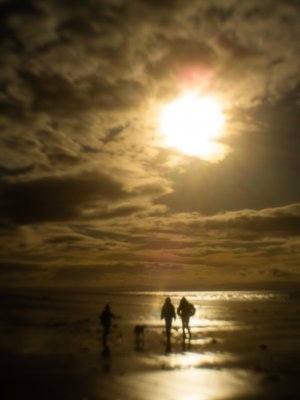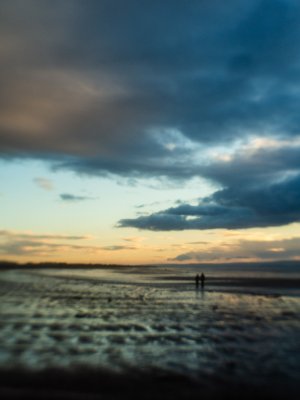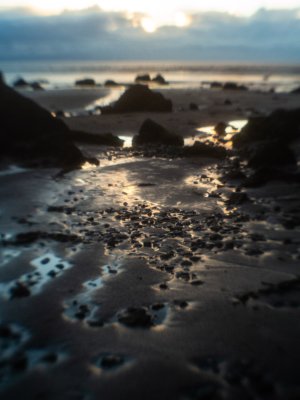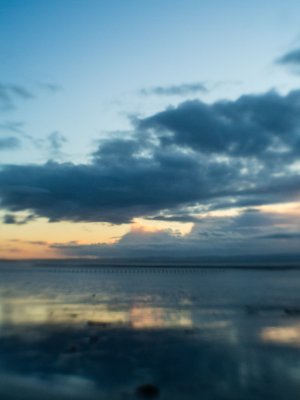Hamish Gill
Tech Support (and Marketing)
I thought I would respond to the recent topic about real photographers with an example of what I see as real photography within my own work.
Real photography for me is summed up almost entirely by intent. That is to say, if a person picks up a camera and imagines what they are going to take, then fulfils that by following through by actually taking the imagined photo, then that makes them a real photographer rather than just someone who takes photos (snaps).
As an example, inspired by some images sent to me by 35mmc regular David Hume, I went to the beach today with it in mind that I was going to take some impressionistic photos (read blurry) with my Pentax Q and the 11.5mm fixed focus toy lens. I had an idea of what I wanted to achieve, then followed through with that intent. When I got home, I cropped, colour tweaked and generally buggered with them until I was happy with them.
These are a couple of the results




You can find the rest here
To me it matters not the approach, the camera, lens, medium, amount of post process etc. What matters is creative intent and photographic satisfaction with the outcome. That's what makes a real photographer to me.
(Just for clarity, this isn't intended to disregard your thoughts, @Stephane Tougard, I do respect them for what they are, I am just sharing my view as part of the discussion)
Real photography for me is summed up almost entirely by intent. That is to say, if a person picks up a camera and imagines what they are going to take, then fulfils that by following through by actually taking the imagined photo, then that makes them a real photographer rather than just someone who takes photos (snaps).
As an example, inspired by some images sent to me by 35mmc regular David Hume, I went to the beach today with it in mind that I was going to take some impressionistic photos (read blurry) with my Pentax Q and the 11.5mm fixed focus toy lens. I had an idea of what I wanted to achieve, then followed through with that intent. When I got home, I cropped, colour tweaked and generally buggered with them until I was happy with them.
These are a couple of the results




You can find the rest here
To me it matters not the approach, the camera, lens, medium, amount of post process etc. What matters is creative intent and photographic satisfaction with the outcome. That's what makes a real photographer to me.
(Just for clarity, this isn't intended to disregard your thoughts, @Stephane Tougard, I do respect them for what they are, I am just sharing my view as part of the discussion)
